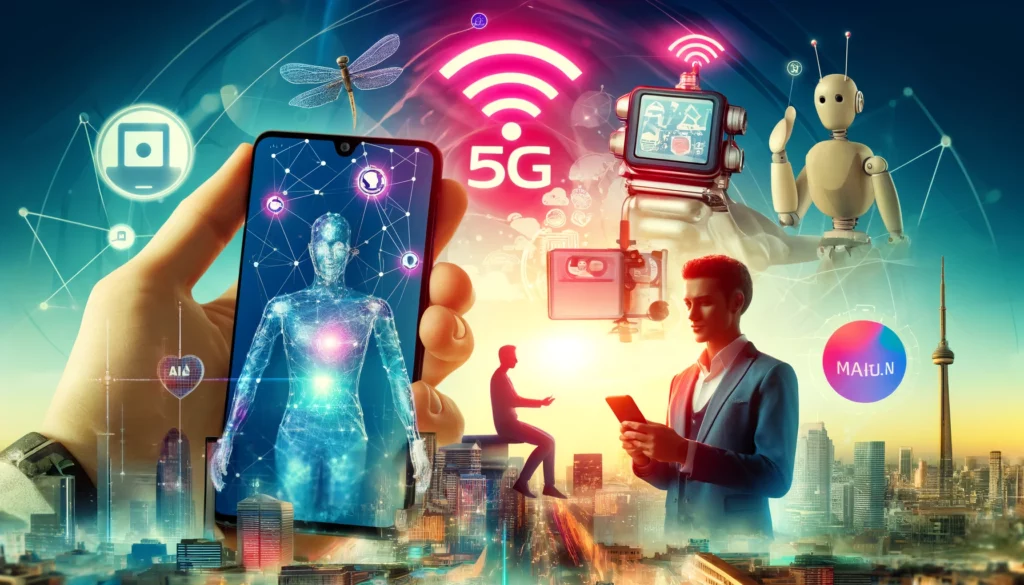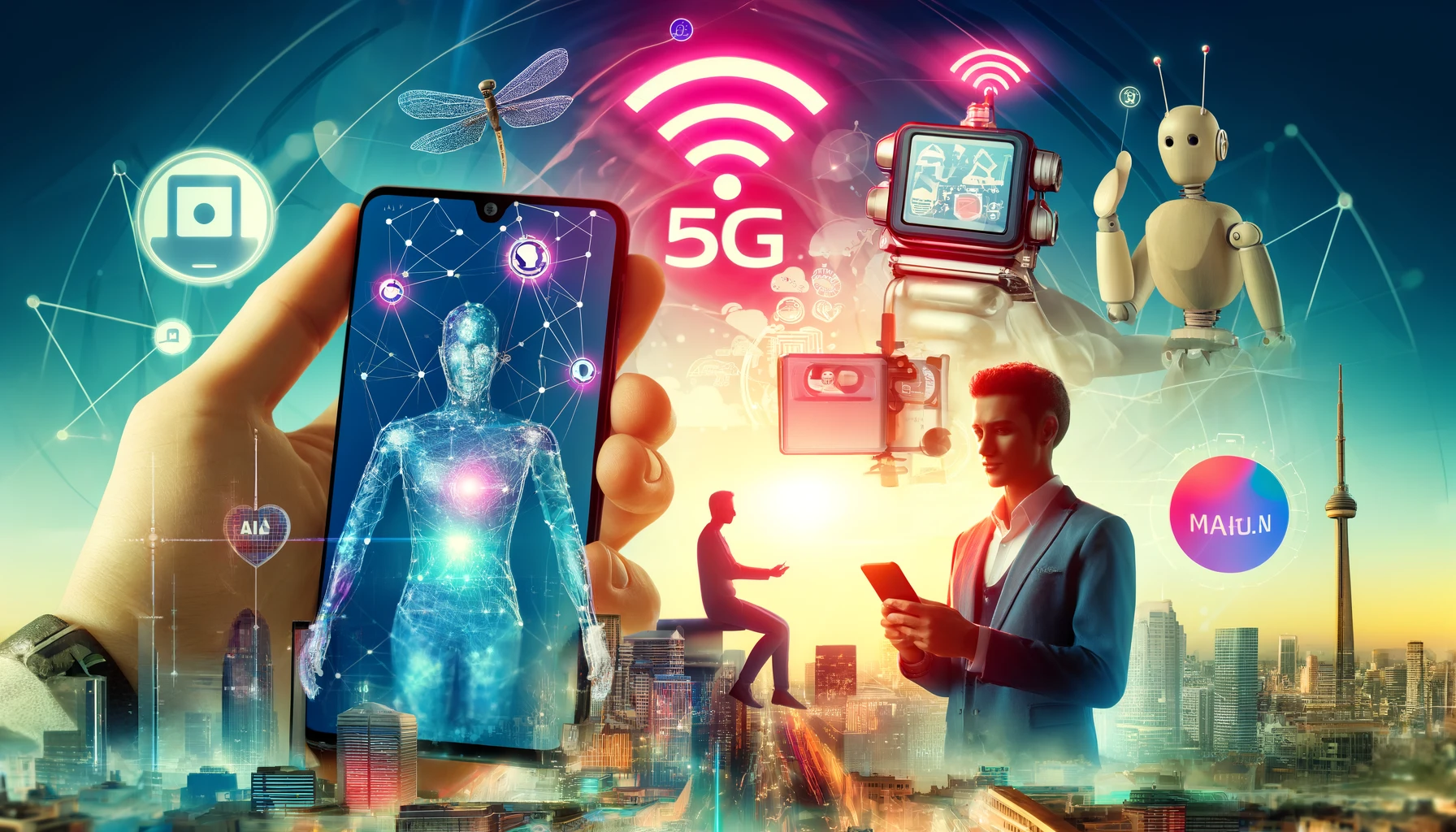Top Mobile Tech Examples
The landscape of mobile technology is ever-evolving, with each year bringing innovations that promise to transform our daily lives. In this article, we’ll explore some of the top examples of mobile technology that are shaping the future, discuss the latest trends, and provide insights into how these advancements could impact both consumers and industries.
The Rise of Foldable Devices
One of the most exciting developments in recent years has been the introduction of foldable phones. Brands like Samsung and Huawei have led the charge, each unveiling devices that can transform from a phone to a tablet in seconds. These devices are not just a novelty; they are a glimpse into the flexibility of future mobile devices, offering larger screen sizes without compromising portability.
Foldable phones have sparked interest in how we view mobile entertainment and productivity. With larger screens, users can enjoy more immersive experiences, whether they’re streaming videos, playing games, or working on the go. As the technology matures, we can expect enhancements in battery life, durability, and display quality, making foldables a practical choice for more consumers.
Enhanced Connectivity with 5G
5G technology is another revolutionary trend that is currently underway. Promising much faster data speeds, lower latency, and increased connectivity, 5G is set to enhance every aspect of mobile technology. This isn’t just about supercharging your smartphone’s internet. 5G will enable more reliable intelligent city infrastructure, remote healthcare, and advanced augmented reality (AR) experiences. It’s the foundation upon which many future innovations will build.
For instance, enhanced AR applications powered by 5G could transform retail shopping experiences, providing consumers with interactive and personalized sessions that were previously only possible in sci-fi films. Similarly, in healthcare, 5G could enable real-time remote monitoring and telesurgery, potentially saving lives by providing immediate care through mobile devices.
Artificial Intelligence Goes Mobile
Artificial Intelligence (AI) is being integrated into mobile technology at an unprecedented rate. Today’s smartphones come equipped with AI capabilities that enhance device performance and user experience. From photography enhancements like better night mode and optimized portrait shots to real-time voice translation, AI is making mobile devices more intelligent and more adaptable to individual user needs.
AI also plays a crucial role in mobile security, with algorithms that can detect and respond to threats in real time, ensuring user data is protected. Furthermore, AI-driven predictive analytics can help in personalized advertising, enhancing user engagement by providing content that is relevant to the individual’s preferences and behaviors.

Mobile Payments and Financial Inclusion
Mobile payment technology has seen explosive growth, driven by the need for contactless transactions highlighted by the COVID-19 pandemic. Platforms like Apple Pay, Google Wallet, and various other mobile banking apps have made it possible to manage finances and conduct transactions from anywhere, securely and conveniently.
This trend is also a significant step towards financial inclusion, providing unbanked and underbanked populations access to financial services. In developing regions, mobile payment systems are often the first and only way for people to participate in the economic system. These platforms not only offer essential banking services but also pave the way for micro-loans, insurance, and other financial products directly from a user’s mobile device.
Wearables: The New Frontier in Mobile Tech
Wearable technology has transcended fitness trackers and smartwatches. Today, the integration of mobile tech with personal health monitoring devices is a trend that stands at the intersection of healthcare and mobile innovation. Devices now track everything from heart rate and sleep patterns to blood oxygen levels and electrocardiograms.
Moreover, these devices are increasingly being integrated with mobile phones to provide a seamless data sync experience, enabling users to keep a close eye on their health in real time. With advancements in wearable technology, we can anticipate not only a surge in fitness tracking but also a significant leap in early diagnosis and chronic disease management through continuous monitoring.
Conclusion
The examples and trends in mobile technology discussed here highlight just a fraction of the innovations that define our current landscape. As these technologies continue to develop, their impact on everyday life will only increase, offering more convenience, enhanced connectivity, and new opportunities across various sectors.
Understanding these trends is crucial for anyone involved in tech, digital marketing, or business strategy, as they dictate the pace and direction of consumer expectations and industry standards. By staying informed about these advancements, businesses can better prepare for the future, ensuring they harness these technologies to improve customer experience, streamline operations, and create new value propositions in an increasingly connected world.

